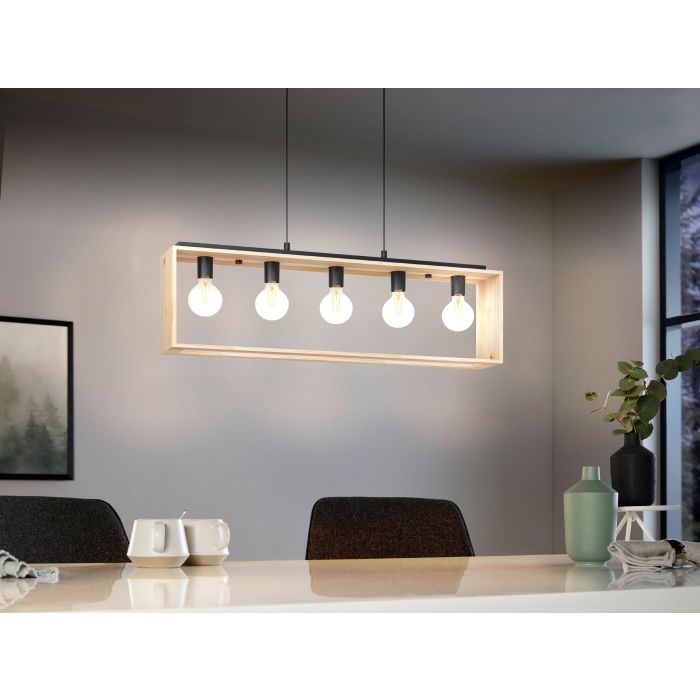1. Establish the Budget
Begin by setting a budget. Determine how much you’re willing to invest in lighting. This ensures a well balanced approach.
2. Pick a Theme or Design Type
Align your lighting with your home’s style. Whether it’s modern, traditional, or eclectic, the fixtures should complement the aesthetic.
3. Layer Lighting: Understand the importance of three types of lighting
- Ambient: General illumination
- Accent: Decorative fixtures (chandeliers, pendants)
- Task: Focused lighting for workspaces
4. Start with Statement Fixtures
Begin with eye-catching pieces—perhaps a modern chandelier or pendant—that defines the space.
5. Consider Room Requirements
Different rooms have unique lighting needs. Bright task lighting in the kitchen, cozy lighting in bedrooms, and so on.
6. Measure Precisely
Stress the importance of accurate measurements. Ceiling height, furniture placement, and architectural features matter.
7. Get Creative
Explore beyond standard fixtures. Wall sconces, track lighting, and unique designs add character.
8. Stay Educated
Keep up with trends and new technologies (LEDs, smart controls).
9. Prioritize Energy Efficiency
Choose energy-efficient lighting options. LED bulbs, for instance, consume less power and have a longer lifespan. They’re not only eco-friendly but also cost-effective in
the long run.
10. Consider Color Temperature
- Warm Light (2700K-3000K): Cozy, yellowish glow
- Neutral Light (3500K): Middle ground
- Soft White (3000K-3500K): Crisper than 2700K
- Bright White (4000K-4500K): Ideal for tasks.
- Daylight (5000K+): Bright bluish light.


